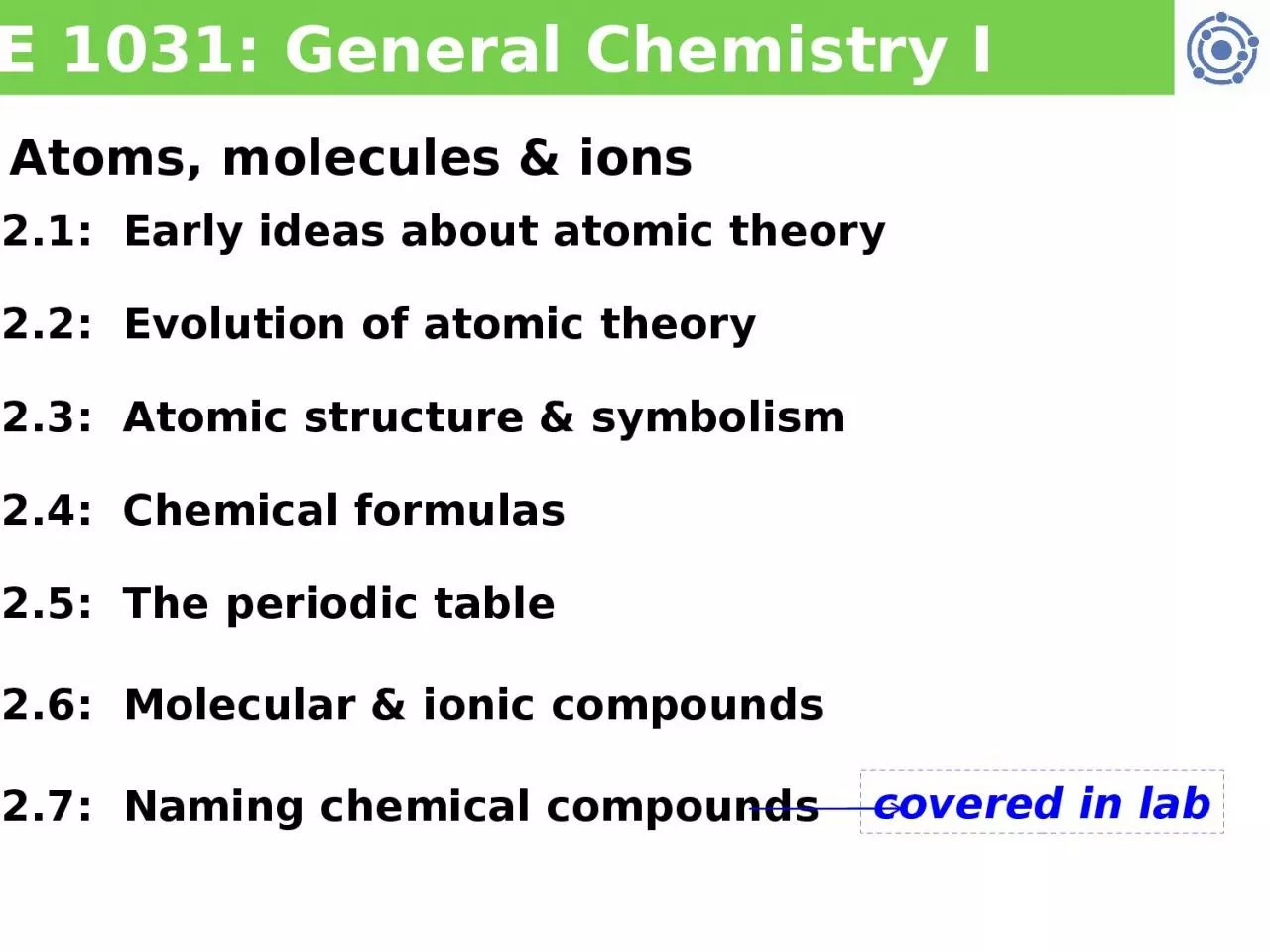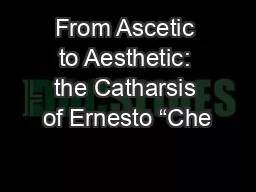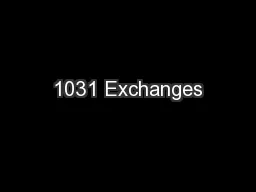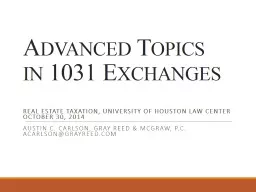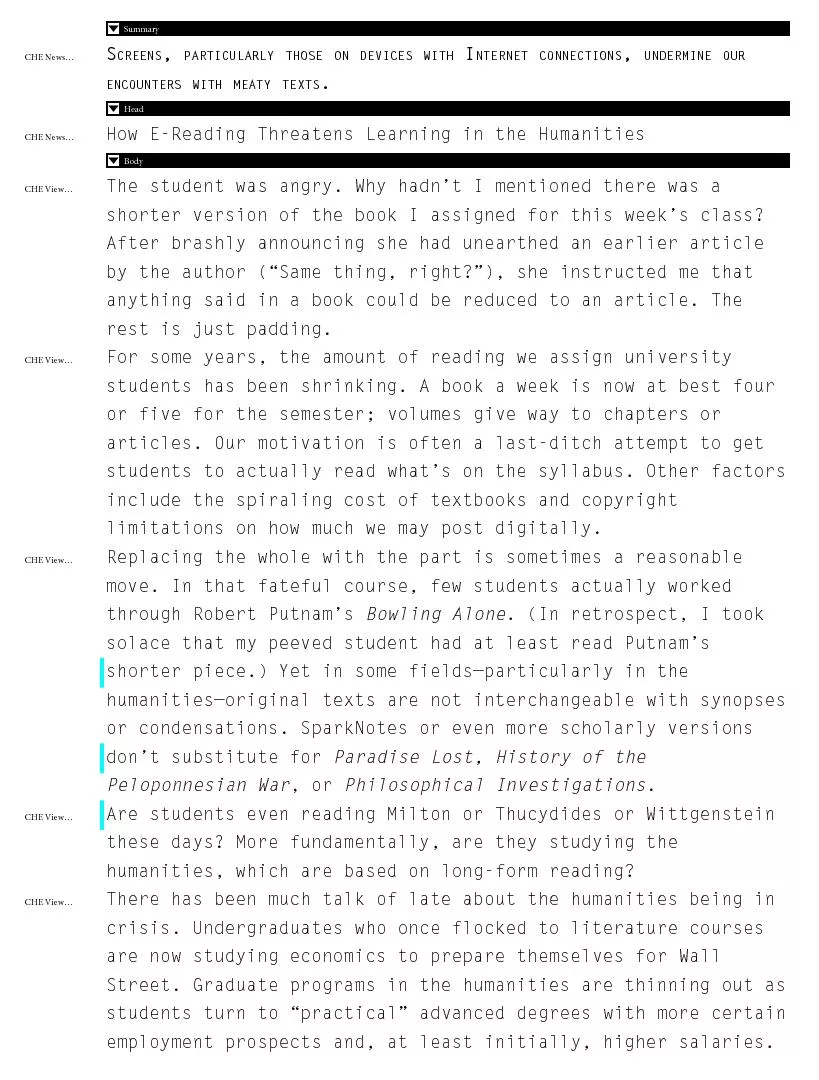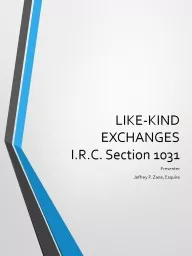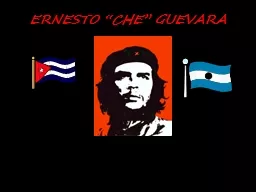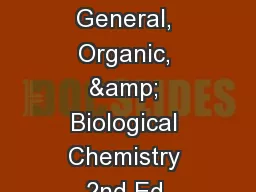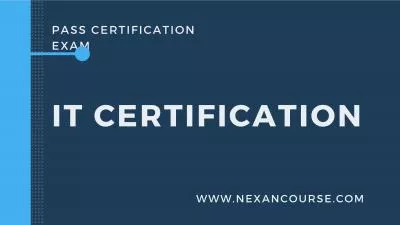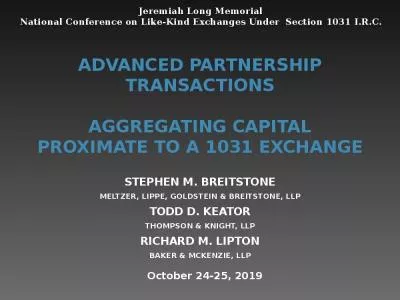PPT-CHE 1031: General Chemistry I
Author : josephine | Published Date : 2023-10-04
Atoms molecules amp ions 21 Early ideas about atomic theory 22 Evolution of atomic theory 23 Atomic structure amp symbolism 24 Chemical formulas 25 The periodic
Presentation Embed Code
Download Presentation
Download Presentation The PPT/PDF document "CHE 1031: General Chemistry I" is the property of its rightful owner. Permission is granted to download and print the materials on this website for personal, non-commercial use only, and to display it on your personal computer provided you do not modify the materials and that you retain all copyright notices contained in the materials. By downloading content from our website, you accept the terms of this agreement.
CHE 1031: General Chemistry I: Transcript
Download Rules Of Document
"CHE 1031: General Chemistry I"The content belongs to its owner. You may download and print it for personal use, without modification, and keep all copyright notices. By downloading, you agree to these terms.
Related Documents

